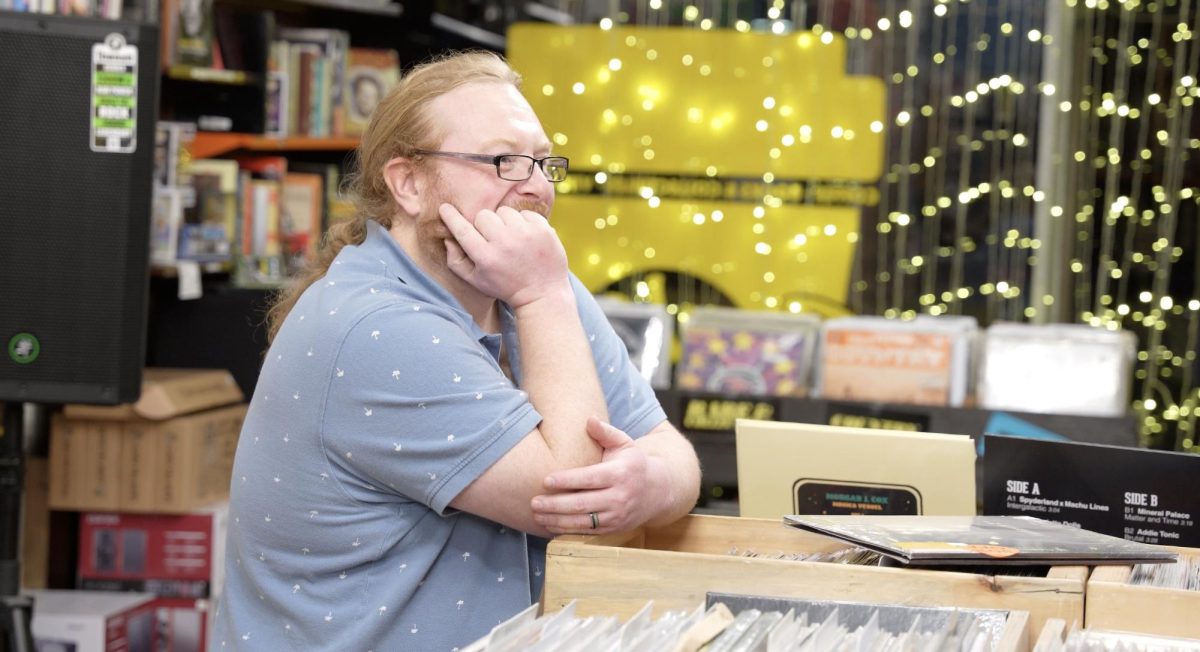Valentine’s Day is the day for love. Whether or not you have a significant other, it is a day to appreciate others who you care about and let them know they are always appreciated.
No matter the relationship, people give flowers, cards or candy to let someone know that no matter what, they are never really alone. People may not think about the origins of the holiday or the stories behind novelties like cards and candy.
The holiday contains both Christian and ancient Roman tradition. The Catholic Church recognizes at least three different priests named Valentine, who were all martyred.
One legend says Valentine was a priest who served during the third century in Rome. When Emperor Claudius II decided single men made better soldiers than those with wives and families, marriage for young men was outlawed. Valentine, who realized the injustice of the law, performed marriages in secret.
When his actions were discovered, Claudius ordered Valentine be put to death.
Another legend says Valentine actually sent the first “Valentine” greeting. While in prison, Valentine fell in love with a young girl who visited him during his incarceration. Before his death, he wrote her a letter which he signed “from your Valentine.” The expression is still used today.
Though the truth behind the legends is murky, the stories still portray him as a sympathetic, heroic and romantic figure.
There is also a legend about the date, Feb. 14.
Some believe the holiday is celebrated in the middle of February to pay homage to the anniversary of Valentine’s death and burial. Others say Christian church decided to celebrate Valentine’s feast day to “Christianize” celebrations of a Pagan festival also being celebrated around this time.
The Roman Pagan festival, Lupercalia, was celebrated on Feb. 15. During the celebration, women would put their names in an um, then the city’s bachelors would pull a name out and be paired with the woman for a year. These matches often ended up in marriage.
Pope Gelisius declared Feb. 14 as St. Valentine’s Day around A.D. 498. The Roman “lottery” system for romantic pairing was considered un-Christian and outlawed.
Celebrating Valentine’s Day has been popular for 400 years. Great Britain began celebrating the holiday in the 17th century – and by the middle of the 18th century it was common for friends and lovers from all social classes to exchange small tokens of affection.
Americans spend millions of dollars on flowers, cards and candy every year on Valentine’s Day. But the reality is that people have been doing this for a long time. When buying these gifts, few really know about the origins of these things.
Valentine’s Day cards are inescapable. In elementary school, you gave them to your classmates and now you give them to friends and significant others. Unlike the first cards, you can buy them in boxes or with music or candy in them.
It’s said that Americans started to exchange hand-made cards in the early 1700s. In the 1840s, Esther A. Howland began to sell the first mass-produced valentines in America.
According to the Greeting Card Association, an estimated one-billion valentine cards are sent each year. Over 50 percent of cards are purchased six days before the holiday – approximately 85 percent of those are bought by women.
Research done by Hallmark shows more than half of the United States population celebrates by buying a card.
There is no excuse not to buy someone flowers. There are 21,667 flower shops nationwide.
Candy is great too, even if the person is on a diet. Whether you prefer a box of chocolates or candy hearts, the sweets are a hit every year.
Non-chocolate candies are a big hit too. Non-chocolate confectionary products are a $5.7 billion dollar industry.
If it’s in the budget, many also decide to give loved ones jewelry. The jewelry commercials are hard to miss. It doesn’t hurt to give someone earrings, a necklace or even a ring.
Giving gifts isn’t a modern thing. In Great Britian hundreds of years ago, people would give their loved ones spoons carved with hearts, keys and keyholes. The decoration meant, “you unlock my heart.”
In some countries, a young woman may receive a gift of clothing from a young man. If she keeps the gift, it means she will marry him.
It doesn’t matter if the person who is celebrating the holiday is single or taken. The point is to show someone that you care. You can celebrate the saint together, or exchange gifts and candy. Just as long as the person knows that he or she is are never alone.







